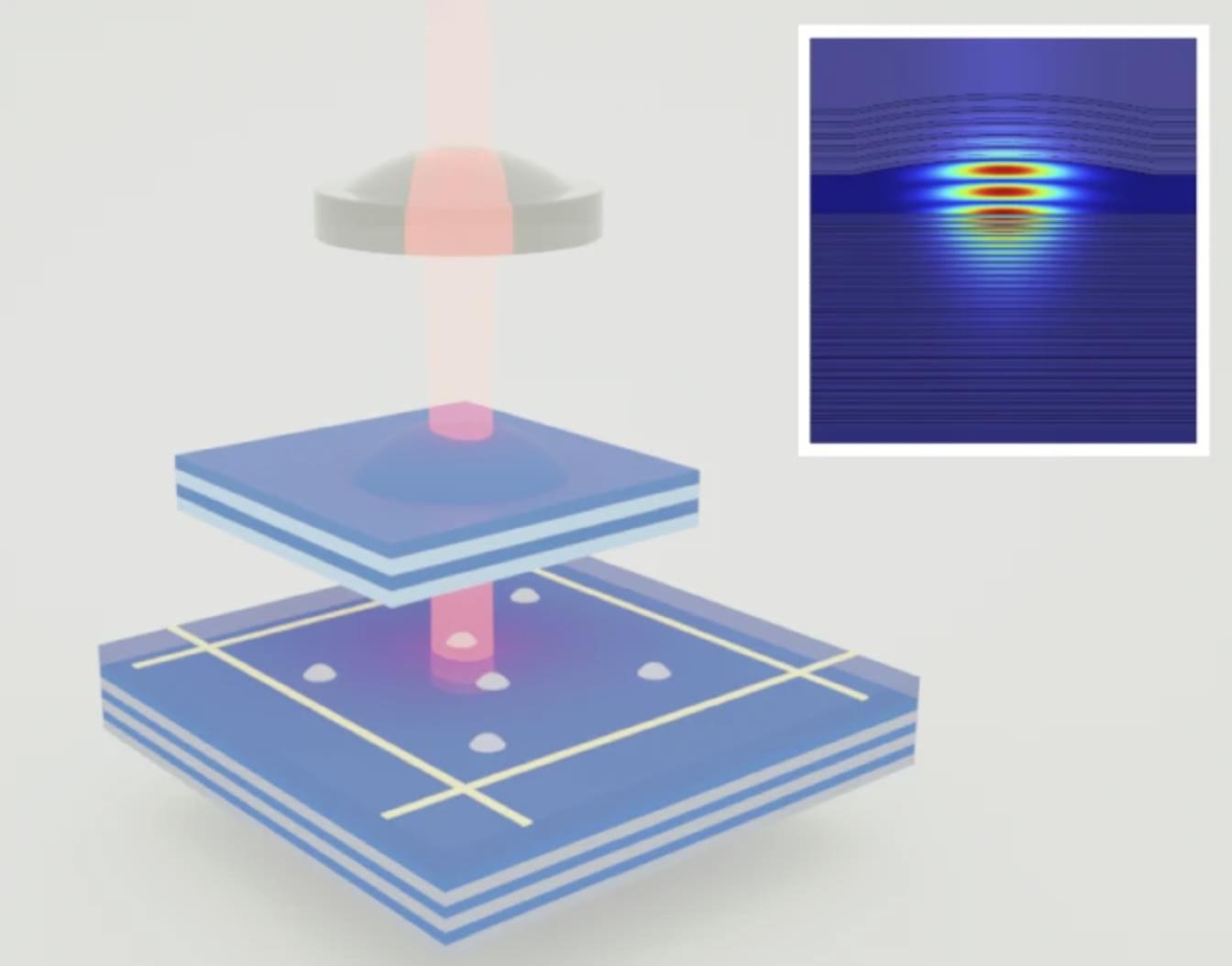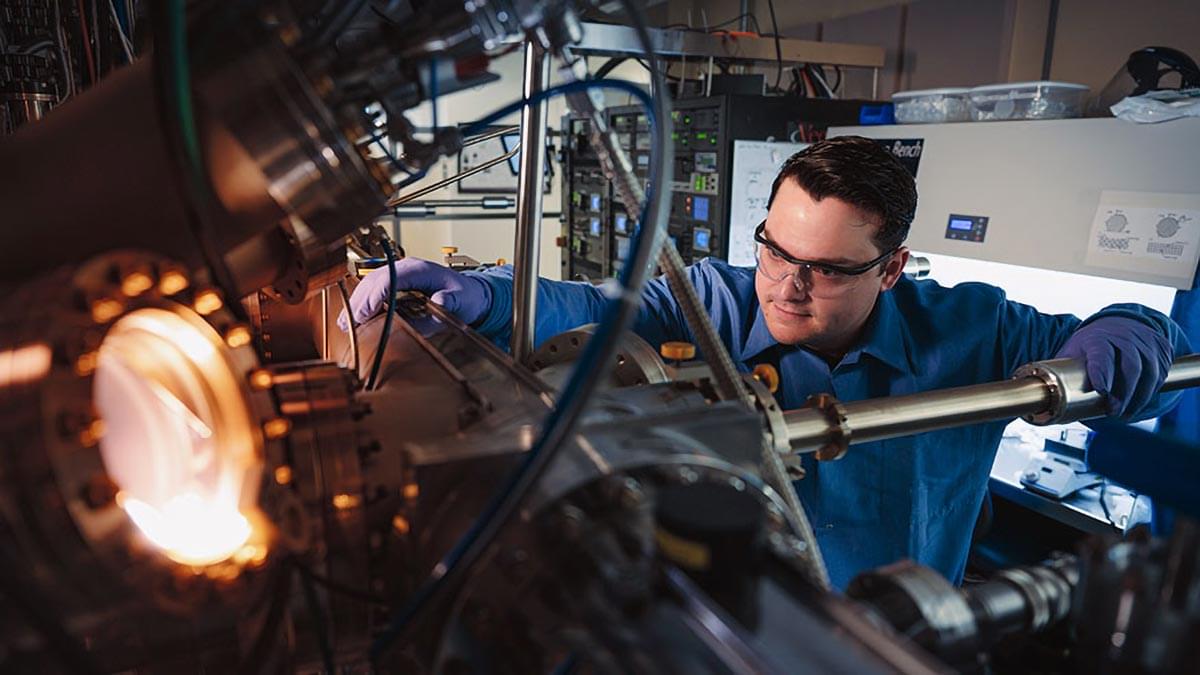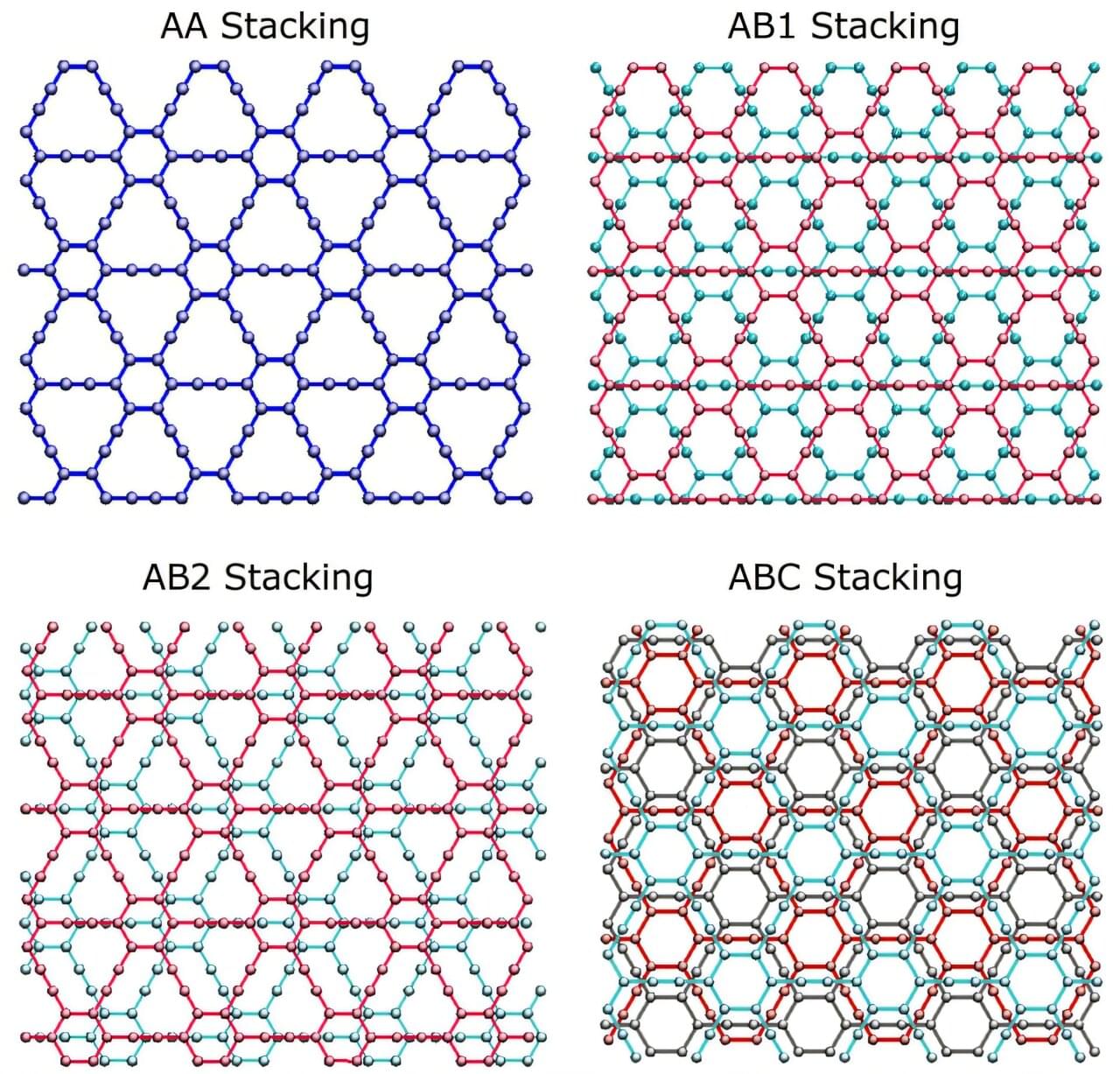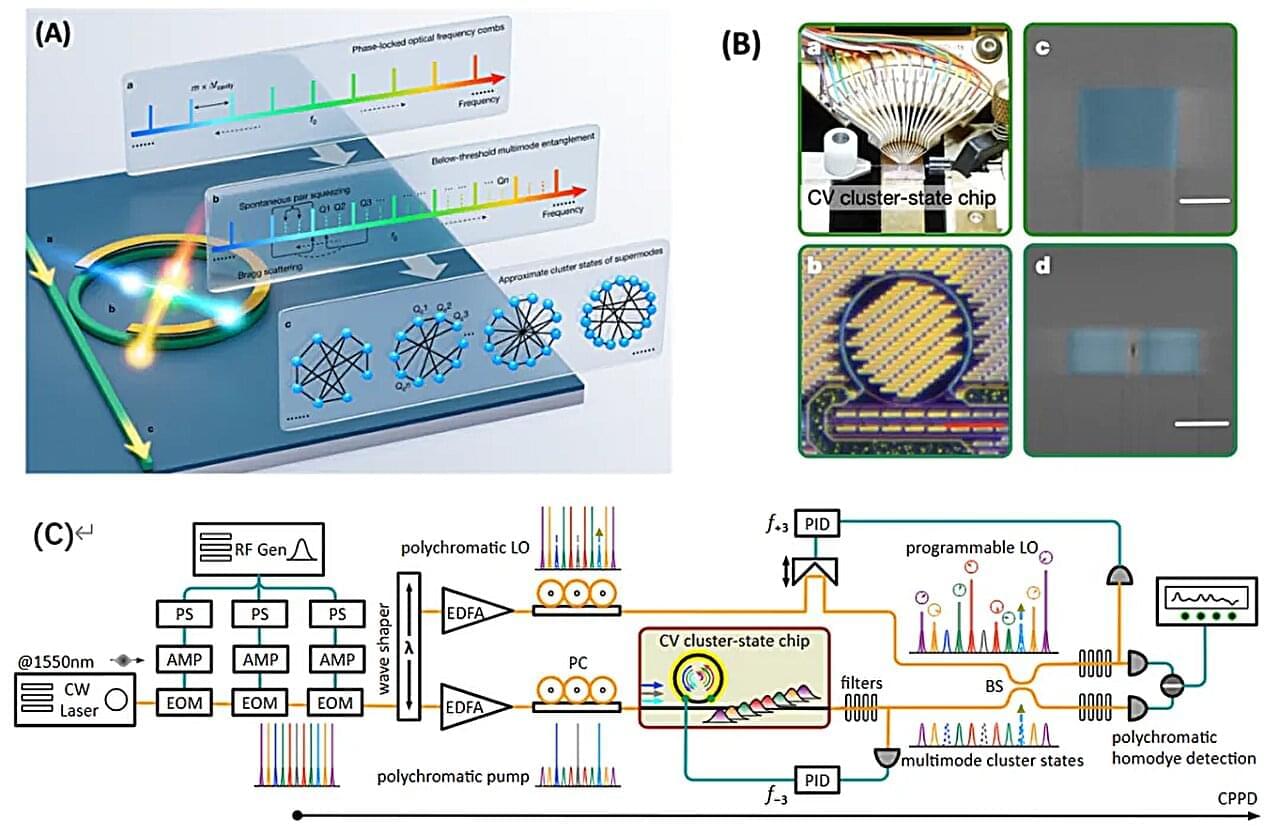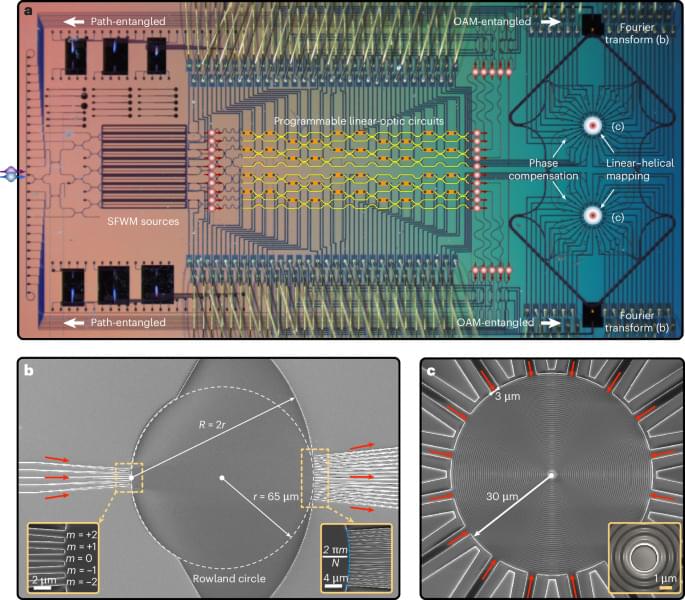Researchers have developed a battery capable of converting nuclear energy into electricity through light emission, according to a new study.
Nuclear power plants generate about 20% of the electricity in the United States and produce minimal greenhouse gas emissions. However, they also generate radioactive waste, which poses risks to human health and the environment, making safe disposal a significant challenge.
To address this, a team led by researchers from The Ohio State University designed a system that harnesses ambient gamma radiation to generate electricity. By combining scintillator crystals—high-density materials that emit light when exposed to radiation—with solar cells, they successfully converted nuclear energy into an electric output powerful enough to run microelectronics, such as microchips.

